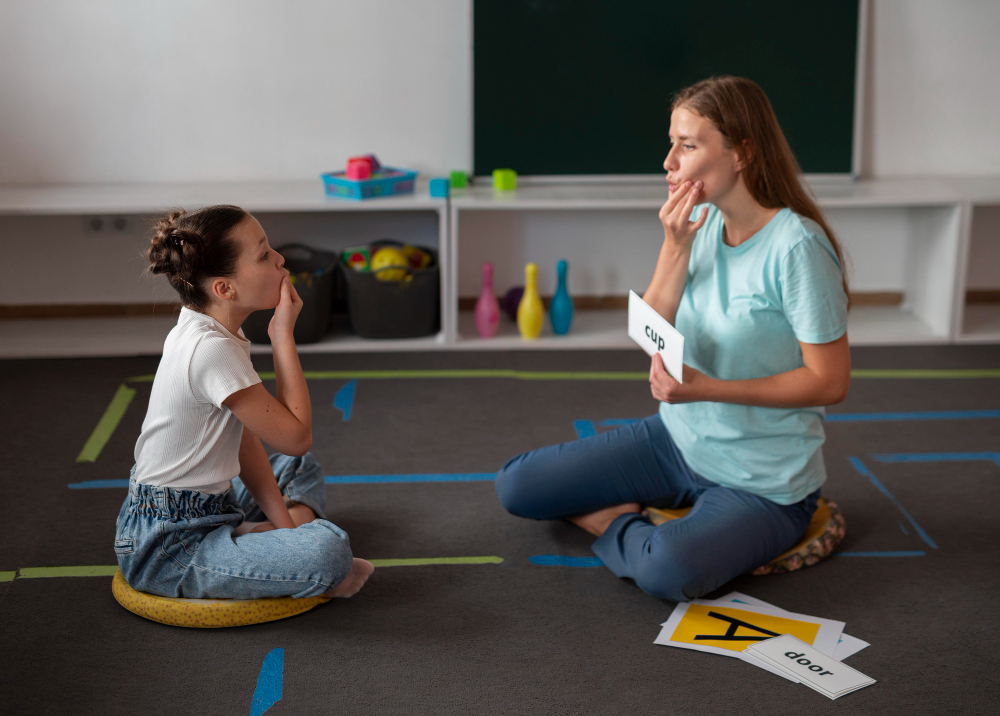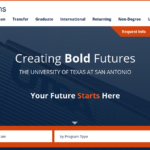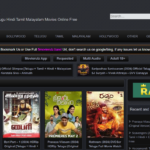How to Boost Language Learning with Physical Activity
- 1 Physical Activities Enhance Your Brain Functions
- 1.1 Oxygen and Brain Function
- 1.2 Boosting Cognitive Abilities with Exercise
- 1.3 Active Students Score Higher
- 2 Sports and Language Learning
- 2.1 Enhanced Communication Skills
- 2.2 Social Networking and Language Exposure
- 2.3 Building Confidence and Breaking Barriers
- 3 The Joy of Learning, Moving, and Growing Together
- 3.1 Making Learning Fun and Active
- 3.2 The Power of Regular Breaks
- 3.3 Supporting Learners Efficiently
- 4 Do it Through Online Learning Platforms
- 5 Final Thoughts
Have you ever wondered why babies just beginning to learn language associate words with actions? It turns out that physical activity can help boost your language-learning abilities.
Yes, you heard that right! The connection between physical activity and language learning is a fascinating blend of cognitive neuroscience and educational psychology.
This article delves into the importance of using effective language learning methods and explores how incorporating physical activity with language studies can maximize your progress. We’ll also look at various practical approaches to help you balance your mind and body for optimum learning.
So, whether you’re a novice language learner or a polyglot veteran, this guide promises to add a fresh spin to your language-learning journey.
Physical Activities Enhance Your Brain Functions
How often have you heard that exercise is good for your health? Well, that’s not just about maintaining a trim figure or building muscle mass. Physical activity is vital in delivering oxygen-rich blood to the brain, which is necessary for optimum cognitive function.
Oxygen and Brain Function
The human brain is a power-hungry organ. Despite accounting for only 2% of the body’s weight, it utilizes around 20% of its oxygen supply. During physical activity, our heart rate accelerates, increasing oxygen-filled blood flow to the brain. This enriched blood supply fuels the brain and contributes to improved mental functions.
Boosting Cognitive Abilities with Exercise
Multiple studies have demonstrated that regular physical activity can enhance cognitive functions, including:
- Focus: Exercise helps release chemicals in the brain that allow better processing and information focusing. This mainly benefits students who need to concentrate during lessons or exam revisions.
- Memory Recall: Regular workouts increase the production of cells in the hippocampus, a brain area involved in learning and memory. Hence, physical activity can improve memory and recall, making studies and learning more effective.
- Reduced Health Risks: Regular exercise reduces the risk of developing cognitive impairment and dementia in later life. It also helps in managing stress and anxiety, which can impede cognitive function.
Active Students Score Higher
Interestingly, studies have shown that physically active students often score higher on verbal ability tests. This correlation between physical activity and improved verbal skills underscores the importance of incorporating regular exercise into a student’s routine.
Physical activity is not just about staying fit and healthy. It is a powerful tool that can enhance cognitive function, focus, and memory recall and reduce health risks. As such, it is beneficial and essential for students to incorporate physical activity into their daily lives to aid in their academic success.
Sports and Language Learning
Fusing sports with language learning might seem like an unconventional mix, but it’s a collaboration that offers many benefits. The connection between physical activity and language acquisition has been explored in various studies, revealing fascinating outcomes.
Enhanced Communication Skills
Engaging in sports activities doesn’t just improve physical fitness; it significantly enhances communication skills, too. Sports often require direct and interactive communication, whether you’re coordinating a team plan, discussing strategy, or simply enjoying a post-game chat. A study by the University of California concluded that children who played sports developed better communication skills than their nonathletic peers. They became more adept at explaining their thoughts, identifying non-verbal cues, and adopting appropriate response strategies.
Social Networking and Language Exposure
Moreover, sports participation can broaden social networks, serving as a platform to interact with diverse cultures and languages. It’s a real-world classroom where language learning is organic and contextual. There is ample opportunity for naturalistic language exposure, fostering understanding and fluency. Research conducted by the University of Gothenburg found that young athletes with international exposure through sports showcased better second language skills.
Building Confidence and Breaking Barriers
Sports also build confidence, an essential aspect of language learning. The confidence gained from scoring a goal or running a good race can translate into language learning, encouraging learners to take risks and make mistakes. Furthermore, the University of British Columbia found that sports help bridge cultural and language barriers, fostering mutual understanding and promoting universal values of respect and fairness.
In a nutshell, integrating sports into your language learning path can amplify your progress. So, why not add a dash of action to your language lessons? The synergy could spur unforeseen progress in your fluency journey.
The Joy of Learning, Moving, and Growing Together
In the world of education, where structure and discipline often take the front seat, it’s important to remember the role of fun, movement, and relaxation. These three elements make the learning journey enjoyable and ensure that learners remain engaged, mentally agile, and physically active.
Making Learning Fun and Active
Active learning strategies can transform the monotonous classroom routine into vibrant, engaging sessions. Incorporating enjoyable physical activities can also help to maintain the learners’ health. After all, an active body houses an active mind.
Parents and educators should aim to provide various opportunities for learners to stay active, such as:
- Games that involve physical movement
- Hands-on learning experiences
- Interactive learning tools
The Power of Regular Breaks
Taking regular breaks is equally crucial. These intervals allow learners to rest, rejuvenate, and process information. They can return to learning sessions refreshed, with improved focus and retention. Educators and parents should include these breaks in the learners’ schedules.
Supporting Learners Efficiently
The role of parents and educators isn’t just restricted to teaching. They also play an integral role in providing the necessary equipment and support to shape the learners’ overall growth. This includes:
- Access to reliable and high-quality learning materials
- Availability of safe and inclusive learning environments
- Provision of necessary support and encouragement
All in all, learning, exercising, and resting are three sides of the same coin. They work together to create a balanced, comprehensive learning experience. With parents’ and educators’ guidance and resources, learners can truly thrive and enjoy their educational journey.
Do it Through Online Learning Platforms
Online learning platforms have established their importance by offering a multitude of advantages. These platforms allow us to learn at our own pace, without geographical limitations, and often present us with a broader range of courses than traditional institutions. They provide flexibility in terms of time, reduced costs, personalized learning experiences, and the convenience of studying right from the comfort of our homes.
Among these platforms, AmazingTalker shines as an influential 화상영어. Its platform targets individuals’ unique learning needs, offering a personalized one-on-one teaching experience with customized materials and ensuring that no student is left behind in their learning journey.
Final Thoughts
This article explores the undeniable benefits of incorporating physical activity into your language learning regime. From memory enhancement to improved concentration, the power of physical exercise should not be underestimated. Now, it’s time to put this theory into practice. AmazingTalker, or as it’s known in Korean, 어메이징토커, provides the perfect platform for this integration with its innovative and flexible online learning approach.
Combining exercise with language learning is not just efficient; it’s fun, too! You can jog while listening to a language podcast or perform yoga as you follow a subtitled video in your target language.
The possibilities are endless; all it takes to start is creativity and dedication. So, why not start today?

















